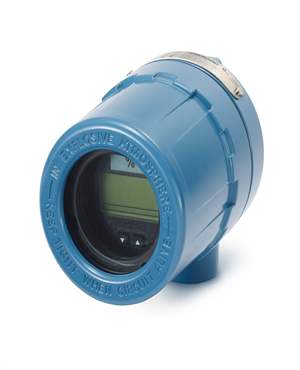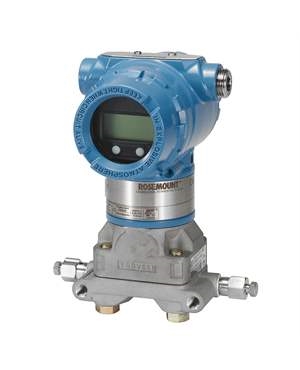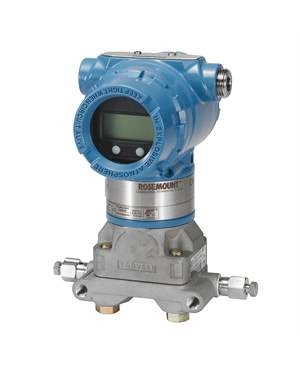How to Achieve a Better Temperature Measurement Accuracy?
Brian Craig
August 13, 2018
Temperature measurement is required in most industries. This is done by making use of various devices that help measure the temperature. This goes a long way into helping you adjust the right temperature required for the particular industrial process or procedure. However, it is important to ensure that the measured temperature is accurate, or precise to maintain the efficiency of the process, and also that of the machine or equipment. Now, you must be thinking, how to ensure the temperature accuracy? Well, there are certain guidelines, which when followed, will help you in making sure the same. What are these guidelines? Are you interested in knowing and understanding them? The following post is dedicated to explaining these guidelines. Read on to know more.

Guidelines to Achieve a Better Temperature Accuracy
Measuring the temperature incorrectly can have adverse effects on certain industrial processes. Thus, there are three main guidelines or points to remember and follow, if you are concerned about the accuracy of the temperature measured by the device. These are as follows:
- Selecting the Proper Sensor or Thermocouple
Though basic, this is the most important guideline. The accuracy of the measurement depends mostly on selecting the right type of sensor. A certain amount of uncertainty is associated with each type of sensor. For example, at 260 °C, the uncertainty of a Class A 100? Pt RTD (Resistance Temperature Detector) is +/-0.67 °C. On the other hand, a standard grade J or K thermocouple has an uncertainty of +/-2.2 °C.
The standard grade thermocouple has the maximum error rate. This error rate goes down by almost 50%, when you select a premium grade thermocouple. However, if you go with Class A RTD, then the error rate is further reduced by a considerable amount, and this increases the temperature measurement accuracy.
- Correct Selection of the Thermocouple Extension Wire
Another factor that can affect the precision of the measurement is the extension wire of thermocouple. When the extension wire is exposed to the temperatures greater than or lesser than its tolerance, it gets contaminated. This leads to increased drift, which is more than the expected uncertainty. In such scenarios, you can either do a calibration, or replace the extension wire altogether. If you go with replacing the thermocouple extension wire, then you get two options – remote I/O hardware, or temperature transmitters.
- Eliminating the Lead Wire Error of the RTDs
The lead wires of the RTDs are made of copper. In an RTD, the copper wire provides a resistance. When the lead wire undergoes corrosion in a plant, the resistance of the copper wire gets changed, which can further cause errors. Thus, the three-wire RTDs are replaced with RTDs having a four-wire configuration, to get rid of this error. This is how the precision of the temperature measurement can be maintained.
When you follow all the guidelines explained above, it will be easier for you to achieve extreme accuracy in measurement of temperature during different industrial processes. Correct temperature measurement goes a long way in making the process efficient. Apart from the aforementioned guidelines, sourcing the sensors, thermocouples, and RTDs from a reputed, and experienced manufacturer or supplier is also important. The Transmitter Shop is one such trusted suppliers of various temperature measurement and control devices in the US.
Related Posts
- Everything You Need to Know About Industrial Process Temperature Measurement
- 8 Reasons to Opt for Remanufacturing
- 4 Reasons Why Transmitter Calibration Services are Important
- The Features and Benefits of Rosemount 1199 Direct Mount Transmitters
- 5 Reasons Why Should Consider Refurbished Rosemount Transmitters
- Why Choose Rosemount 3144P Transmitter to Get Right Temperature Feedback?
- How to Achieve a Better Temperature Measurement Accuracy?
- What Are Diaphragm Seals and Their Types?
- Temperature Transmitter: How to Select The Efficient One for Your Application?
- Industrial Instruments in Nuclear Power Plant Safety
- Complete Hydrogen Gas Safety and Measurement Solutions
- Steam Boiler Drum Level Measurement A Comparison of Control System Technologies
- Furnace Flame Sensor Faults Everything You Need to Know for Safe Operation
- Comparison between Multi Valve Manifolds Block Valves and Bleed Valves
- Pneumatic Pressure Controllers: A Safe Choice for Hazardous Areas
- Furnace Flame Sensor Faults Everything You Need to Know for Safe Operation
- Pneumatic Pressure Controllers: A Safe Choice for Hazardous Areas
- How Can Greenhouse Gas Emissions Be Reduced?
- A Practical Guide to Vacuum Measurement and Operation
- Understanding Electrochemical Detection: Principles, Techniques and Environmental Application
QUICK ENQUIRY







